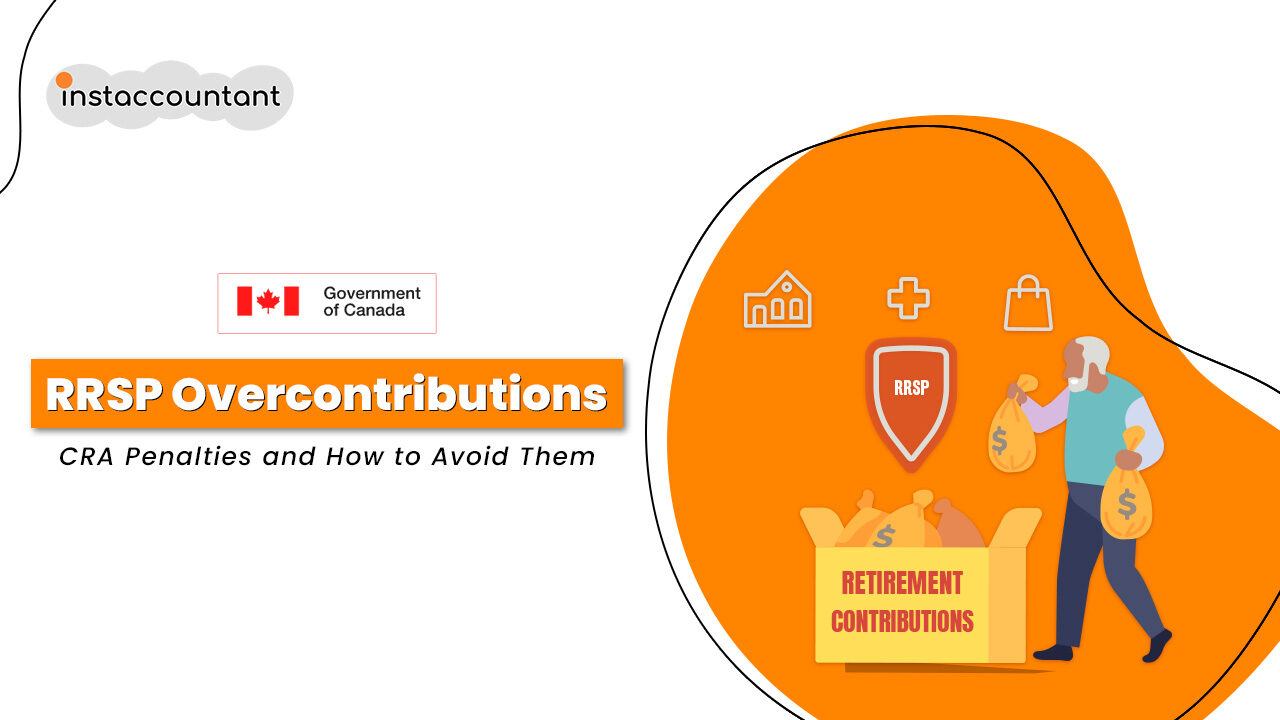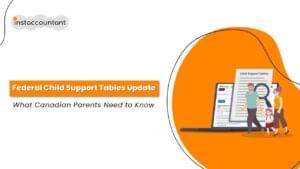The Registered Retirement Savings Plan (RRSP) is a cornerstone of retirement planning for Canadians, offering tax advantages to save for the future. However, understanding and adhering to RRSP contribution limits can be challenging, and overcontributing can result in penalties. In this comprehensive guide, we’ll clarify what happens if you overcontribute to your RRSP, including the potential consequences and strategies to avoid excess contributions.
What is an RRSP Overcontribution
An RRSP overcontribution occurs when an individual exceeds their allowable contribution limit for the year. For most taxpayers, this limit is 18% of their earned income from the previous year, up to a maximum amount set annually by the Canada Revenue Agency (CRA). Overcontribution can happen easily, especially when not keeping track of cumulative contributions or misunderstanding the contribution limits.
Consequences of RRSP Overcontributing
The CRA imposes a 1% tax per month on overcontributions that exceed your deduction limit by more than $2,000. This penalty is designed to discourage individuals from exceeding their contribution room and using the RRSP as an unlimited savings vehicle.
How to Avoid RRSP Overcontribution
The best strategy to avoid overcontributing is proactive monitoring of your RRSP contribution room. Regularly check your Notice of Assessment or CRA My Account online to stay informed of your RRSP contribution limits. Additionally, keep a meticulous record of all contributions throughout the year, including those from employer-matched programs, which also count towards your limit.
What to Do if You’ve Overcontributed to RRSP
If you discover an overcontribution:
- Withdraw the Excess: Withdraw the excess amount as soon as possible to minimize penalties. If certain conditions are met, such as withdrawing the excess in the same year it was contributed, you may be eligible for an offsetting deduction. Fill out forms like the T3012A to notify the CRA.
- Apply for a Waiver: If the overcontribution was due to a reasonable error, you could request the CRA to waive or cancel the tax on the excess contributions.
Additional Considerations
- Spousal RRSPs: Contributions to a spousal RRSP count towards the contributor’s limit, not the spouse’s. Ensure you account for these when calculating your total contributions.
- Pension Adjustment (PA): If you participate in a registered pension plan, your RRSP room will be reduced by the pension adjustment amount, which reflects the value of the pension benefits you earned during the year.
- Carry-Forward Contributions: Unused contribution room can be carried forward indefinitely, providing flexibility for future years when you may have more capacity to save.
Conclusion
Managing your RRSP contributions effectively can make a significant difference in your retirement planning. Staying aware of your contribution limits and acting swiftly if you overcontribute are key to keeping your retirement savings on track. By keeping meticulous records and engaging in regular planning, you can build a secure and thriving retirement portfolio.
For the most current information and personalized advice, always consult with a financial advisor or visit the CRA website. Remember, careful planning and awareness are your best tools in effective RRSP management. Taking control of your retirement savings today will benefit your future self.




